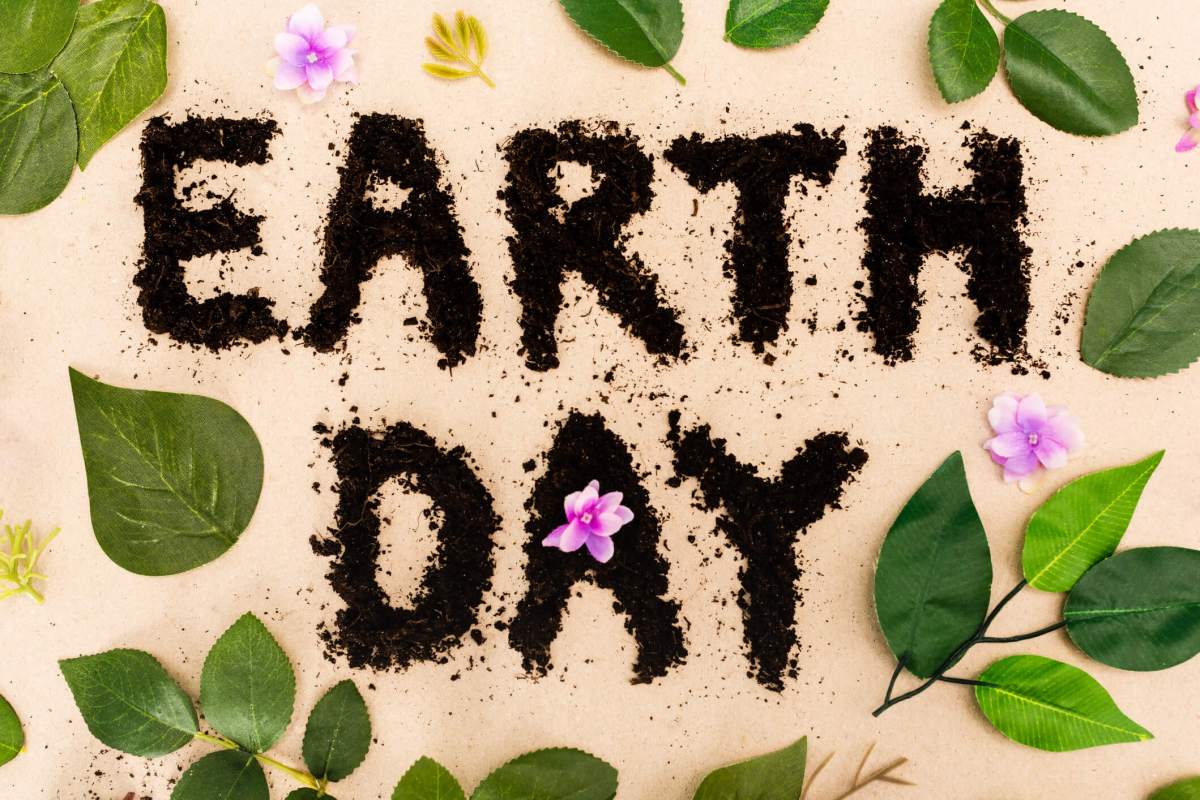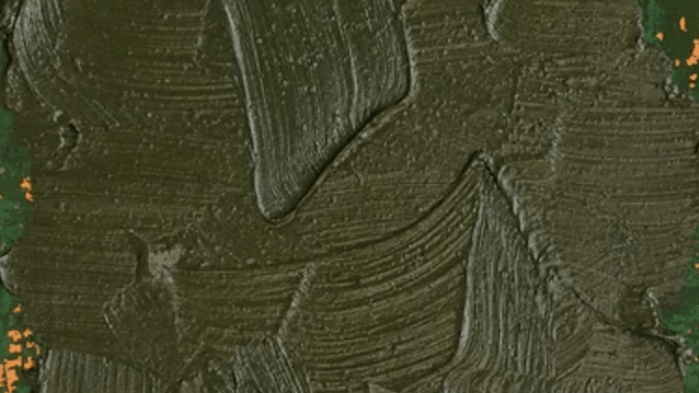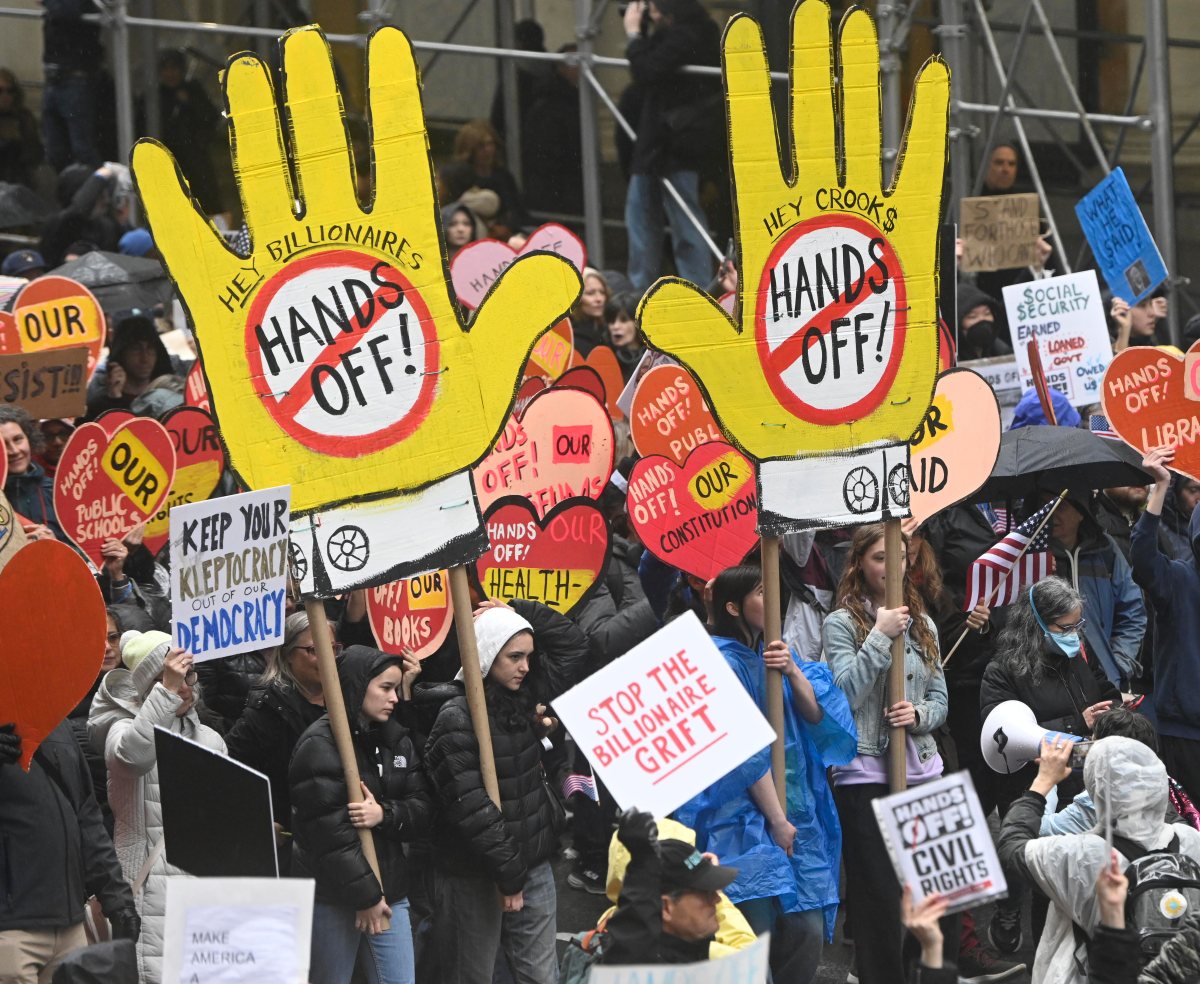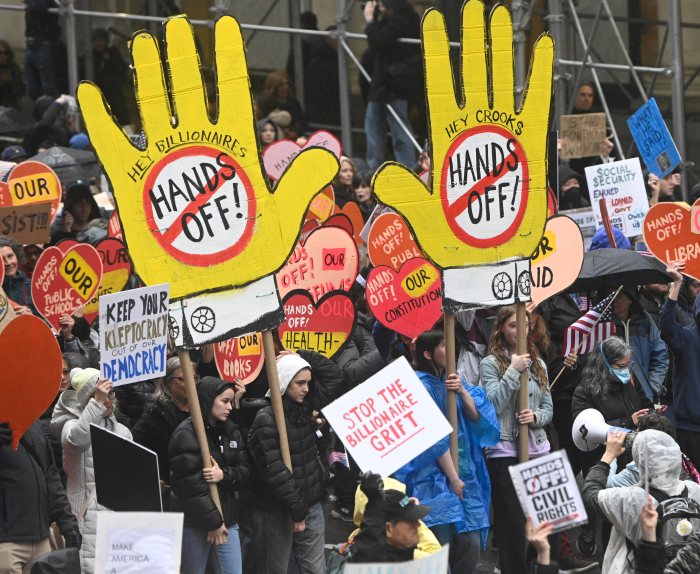Every year, on April 22, Earth Day marks the anniversary of the birth of the modern environmental movement in 1970.
The first Earth Day was a monumental day, with over 20 million Americans pouring into the streets to demand environmental justice, according to Impactree.com.
“To this day, it remains one of the largest single day protests in human history,” it said, adding that, 51 years later, climate change is a bigger issue than ever, with more Americans demanding sustainable change be taken now.”
From the initial Earth Day event, Impactree said the holiday has blossomed into Earth Month, “a whole 30 days to appreciate the planet and advocate for environmentally friendly practices to preserve it.”
This Earth Month, Impactree said it has curated actions, which advocate for environmental justice.
“Whether it’s how a health diet can lead a more sustainable life all the way up to contacting the President to protect our national lands and water, we want to give individuals the tools to address climate change from all angles,” it said.
“There is no one cause of climate change, and numerous social and economic factors play into it as well,” it added. “This month, take action to find out how everyone can make a collective impact on the climate, preserving our beautiful planet for generations to come.”
Though they may appear disparate, Impactree said social justice and environmentalism are “closely tied together”.
“Often, the people contributing the least to climate change are faced with more of its impacts, negatively affecting their air, water and quality of life,” it said.
Impactree said climate change isn’t a problem for the future; it is happening right now.
“Unfortunately, the worst effects of climate change are affecting low-income communities, communities of color and indigenous people,” it said.
With almost 600 chapters around the world, Citizens’ Climate Lobby (CCL) is one of the largest lobbyist groups demanding governments address climate change.
Impactree urged the public to take an active role in their community’s climate efforts by volunteering with a local CCL chapter.
According to Earthday.org, in the decades leading up to the first Earth Day, Americans were consuming vast amounts of leaded gas through massive and inefficient automobiles.
It said industry “belched out smoke and sludge with little fear of the consequences from either the law or bad press.
“Air pollution was commonly accepted as the smell of prosperity,” it added. “Until this point, mainstream America remained largely oblivious to environmental concerns and how a polluted environment threatens human health.”
But Earthday.org said the stage was set for change with the publication of Rachel Carson’s New York Times bestseller Silent Spring in 1962.
It said the book represented a watershed moment, selling more than 500,000 copies in 24 countries, “as it raised public awareness and concern for living organisms, the environment and the inextricable links between pollution and public health.”
“Today, Earth Day is widely recognized as the largest secular observance in the world, marked by more than a billion people every year as a day of action to change human behavior and create global, national and local policy changes,” Earthday.org said. “Now, the fight for a clean environment continues with increasing urgency, as the ravages of climate change become more and more apparent every day.
“As the awareness of our climate crisis grows, so does civil society mobilization, which is reaching a fever pitch across the globe today,” it added. “Disillusioned by the low level of ambition following the adoption of the Paris Agreement in 2015 and frustrated with international environmental lethargy, citizens of the world are rising up to demand far greater action for our planet and its people.”
Earthday.org said the social and cultural environments that were seen in 1970 are rising up again today.
“A fresh and frustrated generation of young people are refusing to settle for platitudes, instead taking to the streets by the millions to demand a new way forward,” it said. “Digital and social media are bringing these conversations, protests, strikes and mobilizations to a global audience, uniting a concerned citizenry as never before and catalyzing generations to join together to take on the greatest challenge that humankind has faced.”
By tapping into some of the learnings, outcomes and legacy of the first Earth Day, Earthday.org said it is “building a cohesive, coordinated, diverse movement.
“Earth Day are all about empowering individuals with the information, the tools, the messaging and the communities needed to make an impact, and drive change,” it said.
“We invite you to be a part of Earth Day, and help write many more chapters – struggles and victories – into the Earth Day book,” it added.























